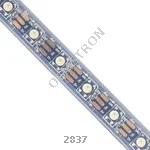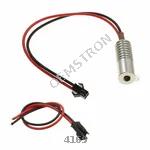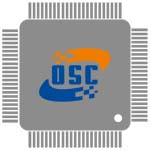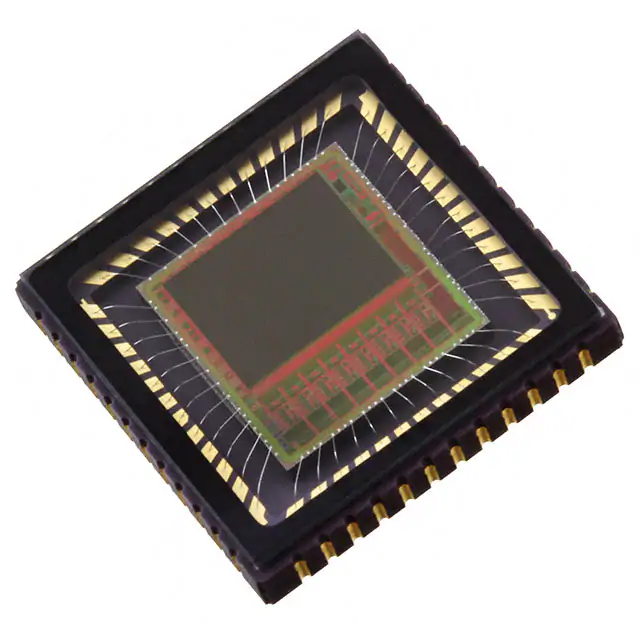
In the field of digital video processing, the improvement of image quality and the optimization of visual effects have always been the focus of researchers and practitioners. As an effective signal processing technology, high-pass filter provides an important tool for detail enhancement and image sharpness improvement in video editing. This paper will discuss the basic principle of high-pass filter and its application in video editing.
The basic principle of high-pass filter
A high-pass Filter (HPF) is a frequency filter that allows High frequency signals to Pass through while blocking low frequency signals. Its core function is to highlight the edges and details in the image, reduce the interference of flat areas, and thus improve the overall clarity. The high-pass filter is usually implemented by Fourier transform, by filtering the signal in the frequency domain, removing the low frequency component, while retaining the high frequency component.
In image processing, the processing of high-pass filters can be divided into the following steps:
1. Fourier transform: First, the image is Fourier transformed into a frequency domain representation, and the high-frequency components in the frequency domain mainly represent the details and edge information of the image.
2. Frequency domain filtering: In the frequency domain, the appropriate CY7B991V-7JC high-pass filter is designed to attenuate the low-frequency signal, while retaining the high-frequency signal. This step usually involves building a filter mask or processing through a standard high-pass filter function.
3. Inverse Fourier transform: After completing the frequency domain filtering, the inverse Fourier transform is carried out to obtain the processed image. This step converts the frequency domain signal back into the spatial domain, producing an image with enhanced details.
Practical application of high-pass filter
In the process of video editing, a high-pass filter has a variety of application scenarios, covering sharpening, noise reduction, synthesis and other aspects. The following will discuss in detail how the high-pass filter can improve the editing effect of video.
1. Image sharpening
Image sharpening is one of the main applications using high-pass filters. In video editing, the picture may become blurred due to various factors, sharpening processing can effectively improve the clarity of the picture, so that the edge is more obvious. By applying a high-pass filter above the image, we can enhance the edge effect, which makes the image more visually vivid and clear.
During sharpening, it can be processed in combination with sharpening filters such as Unsharp Masking. The method first performs high-pass filtering on the image to obtain the high frequency part, and then mixes it with the original image. According to different mixing ratios, multiple levels of sharpening effects can be generated to adapt to different visual needs.
2. Noise removal
Noise is a common problem in video editing, especially for videos shot in low light environments. The high-pass filter can effectively reduce low-frequency noise and improve the overall quality of the video. For the processing of noise, it is usually possible to combine other noise reduction means, such as edge holding filters, to obtain better results.
Through the implementation of high-pass filtering, the low frequency noise is removed, and the details of the image are kept to avoid distortion. In addition, the composite technology combining wavelet transform and high-pass filtering can further optimize the noise reduction effect and improve the stability and clarity of the video.
3. Space-time video effects
In modern video editing, the use of time-space effects has become a popular trend. The high-pass filter can add more visual impact to the dynamic picture. For example, in fast-paced action scenes, it can be enhanced by high-pass filtered edges to enhance the fluidity and urgency of the movement. In addition, the application of high-pass filters for dynamic edge detection can create a stunning special effect performance.
When designing special effects, the use of high-pass filters to process superimposed layers can make the special effects more integrated with the original video, to form a more natural visual effect in the eyes of the audience. Even in low-frame rate video, the specific application of high-pass filtering can significantly improve the visual experience.
4. Real-time processing technology
With the development of computer technology, real-time video processing is becoming possible. The high-pass filter also realizes the real-time application of the video stream with the help of GPU acceleration and other technologies. In live broadcast, game recording and other scenes, the ability to adjust the image quality in real time not only improves the user experience, but also provides higher flexibility for creators.
In this application, the high-pass filtering algorithm can be quickly loaded to ensure the clarity and fluency of the video, so that the image enhancement effect is immediately feedback to the user. The implementation of this process requires powerful computing power and efficient algorithm design to ensure that high-pass filtering can remain efficient and stable in real-time processing.
Conclusion
The application of high-pass filter in video editing is extensive and deep. The video quality can be optimized by image sharpening, denoising, special effect design and real-time processing. For professionals engaged in video production and editing, mastering and using high-pass filters is not only the key to improve work efficiency, but also the basis for artistic creation.
The Products You May Be Interested In
 |
2117 | UNIVERSAL QI WIRELESS CHARGING M | 387 More on Order |
 |
3844 | 4X4 MATRIX KEYPAD | 398 More on Order |
 |
189 | PIR (MOTION) SENSOR | 591 More on Order |
 |
1343 | SONIC RANGEFINDER HR-USB-EZ1 | 373 More on Order |
 |
984 | MAXSONAR RANGEFINDER HRLV--EZ1 | 256 More on Order |
 |
377 | ROTARY ENCODER MECHANICAL 24PPR | 300 More on Order |
 |
3785 | POE SPLITTER WITH MICROUSB PLUG | 440 More on Order |
 |
414 | ELECTROLUMINESC PNL 20X15CM AQUA | 450 More on Order |
 |
405 | ELECTROLUMINESCENT WIRE ORN 2.5M | 376 More on Order |
 |
2837 | ADDRESS LED STRIP SERIAL RGBW 4M | 114 More on Order |
 |
2039 | ADDRESS LED MATRIX I2C BLUE | 438 More on Order |
 |
1052 | ADDRESS LED MATRIX I2C BLUE | 204 More on Order |
 |
2854 | ADDRESS LED RING SERIAL RGBW | 286 More on Order |
 |
2841 | ADDRESS LED STRIP SERIAL RGBW 1M | 550 More on Order |
 |
2875 | ADDRESS LED RING 1/4 SER RGBW | 247 More on Order |
 |
2868 | ADDRESS LED MODULE SERIAL RGBW | 499 More on Order |
 |
420 | ADDRESS LED MATRIX RGB | 487 More on Order |
 |
2759 | ADDRESS LED DISCR SER RGBW 1=10 | 1483 More on Order |
 |
3484 | ADDRESS LED DISCRETE SERIAL RGB | 1624 More on Order |
 |
4169 | FIBER OPTIC LIGHT SOURCE 1W PINK | 240 More on Order |
 |
4245 | FLEXIBLE RGB NEON-LIKE LED STRIP | 356 More on Order |
 |
1933 | 7"" TFT DISPLAY 800 X 480 | 133 More on Order |
 |
159 | DIFFUSED RGB (TRI-COLOR) LED - C | 333 More on Order |
 |
2601 | RGB MATRIX SHIELD FOR ARDUINO | 250 More on Order |

 Semiconductors
Semiconductors









 Passive Components
Passive Components









 Sensors
Sensors








 Power
Power









 Optoelectronics
Optoelectronics








